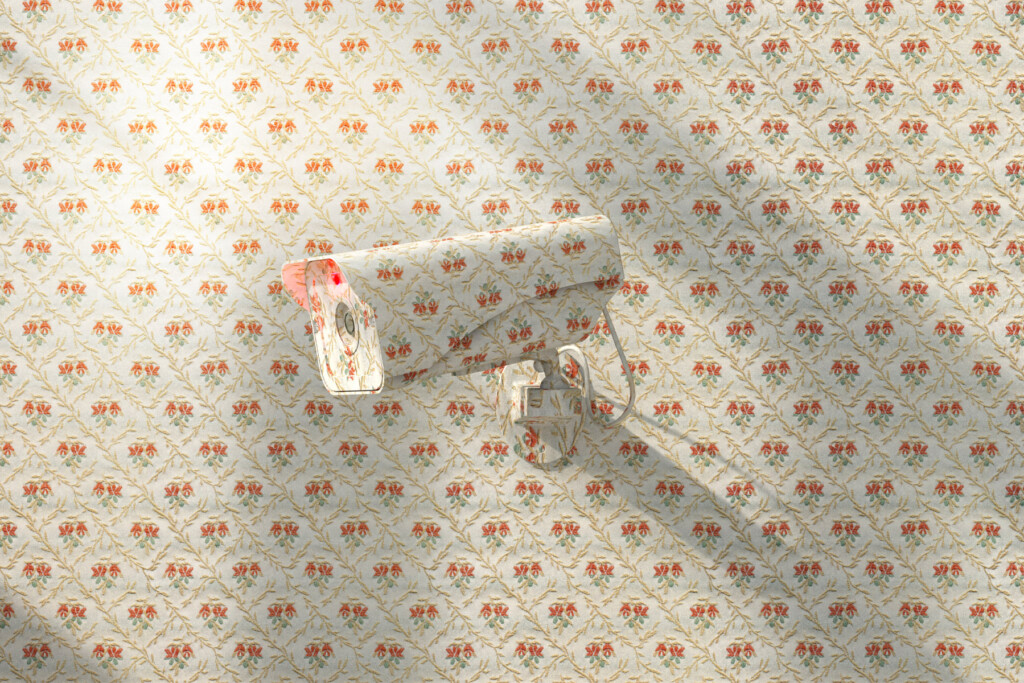On Oct. 22, a man with a lengthy criminal record walked into Methodist Dallas Medical Center wearing an ankle monitor and, unbeknownst to hospital staff, a handgun. He was granted permission to visit the hospital to see his girlfriend give birth. The man allegedly got into an argument with and assaulted his girlfriend and later shot and killed a hospital nurse and social worker before being wounded by a Methodist police officer and surrendering.
Less than a month later, a Texas medical examiner was shot and killed in her Dallas office by her estranged husband, who then turned the gun on himself. It is believed he entered through an employee entrance, as the public does not have access to the building.
These two incidents, just weeks apart, add to the growing tally of shootings in healthcare settings. On June 1, a man shot four people in a Tulsa hospital, three of whom were hospital staff. On that same day in Ohio, a county jail inmate disarmed a security guard in a Dayton hospital, shot and killed the guard, pointed the gun at bystanders, and then killed himself.
Working in healthcare comes with its risks. According to the American Nurses Association, one in four nurses is assaulted on the job. The U.S. Bureau of Labor Statistics found that healthcare workers and those who work in social services are five times more likely to experience violence in the workplace than other workers. It’s a problem that has been around for a while; my mother, who was working at the state hospital in Austin, had her nose broken when she was punched in the face by a patient while she was pregnant with me.
But the issue seems to be getting worse. The American Hospital Association says that 44 percent of nurses experienced physical violence, and 68 percent experienced verbal abuse during the pandemic. Given the rise of violence in the workplace in healthcare settings, one might expect these facilities to be as secure as a sporting event or airport, with metal detectors at every entrance, guests and staff asked to empty their pockets while being searched, and visible security forces throughout the facility.
But herein lies the growing tension in healthcare, especially around hospital operations and design. Healthcare leaders don’t want their facilities to feel like locked-down institutions. Walking into a new hospital these days is more likely to feel like entering the lobby of a luxury hotel with engaging art, attractive light fixtures, natural light, and multiple seating areas. A metal detector, security guard with a wand, or other deterrents might ruin the ambiance medical centers want to exude.
“Hospitals are worried about queuing and don’t want people waiting in line,” says Marilyn Hollier, a consultant at Security Risk Management Consultants. “They want to balance security, patient care, and accessibility. We can lead them to the water, but it’s up to them if they drink.”
If you talk to hospital leaders, they’ll say safety for patients and staff is a top priority. So, how do they square the circle? “We do everything we can to make the hospital as welcoming as possible, not only for the patients but their families,” says Steve Love, president and CEO of the Dallas-Fort Worth Hospital Council. “It is hard to balance that because you want to make it safe for the patient, families, and the hospital staff.”
During the height of the pandemic, visitation was limited, which helped with security. But providers know that social interaction and the presence of friends and family are essential to recovery, and they don’t want to return to zero visitors. Instead, hospitals are adding training on preparedness, increasing the number of security guards and safety drills, and upgrading technology and cameras to help identify threats before they happen. “The improvements that we made are a result of that ongoing vigilance, learning, and priority to keep our patients and our care team safe,” says Winjie Tang Miao, senior executive VP and COO of Texas Health Resources.
The people and systems in charge of hospital security are as important as the tech, experts say. Many hospital systems will hire a former chief of police to help keep facilities secure, but the nature of hospitals makes their protection much more than a retirement job. Hospitals haven’t been designed with security as a priority, so their open layouts, multiple entrances, and mix of guests, employees, vendors, and staff make them increasingly difficult to secure. Hospital security consultants talk about concentric circles of security that include relationships with the local law enforcement and corrections departments, having one’s own identification program in place, and required visitor passes for sensitive areas.
Designing facilities with security in mind, increasing the number of risk assessments, creating effective violence reporting mechanisms for employees, and hiring leadership with specific healthcare security certification are all strategies that can put hospitals ahead, says Tom Smith, president and principal consultant of Healthcare Security Consultants. But enhancements aren’t cheap. “You must decide what’s reasonable. The latest and greatest MRI machine or two or three more police or security in our emergency department,” he says. “I’m not saying it’s easy. But you want to evaluate the risks.”
Get the D CEO Newsletter
Author






